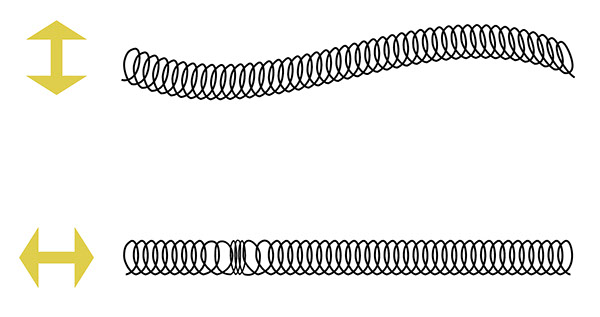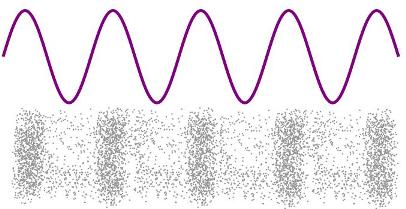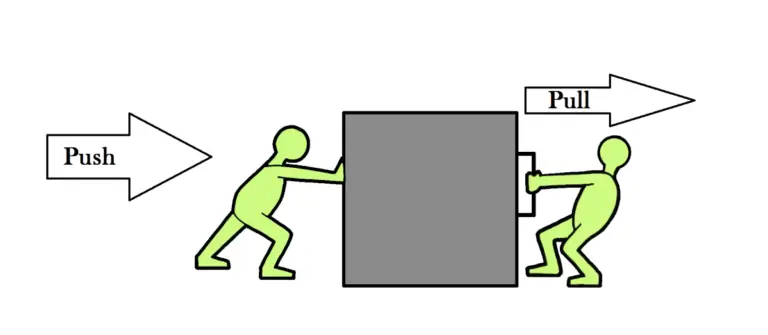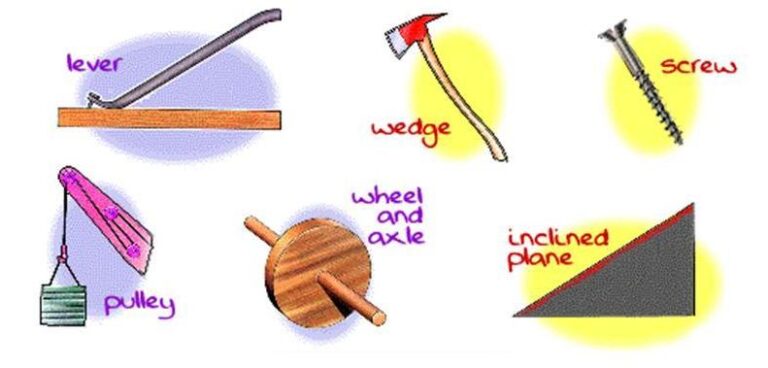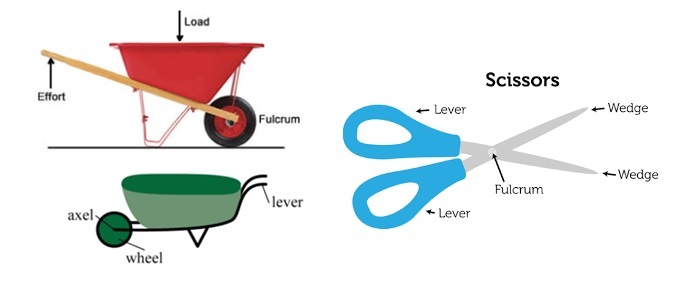8 Real-Life Examples of Compressional Waves
QUICK DEFINITION: Compressional waves, also known as longitudinal waves, transmit energy by causing particles to oscillate parallel to the direction of wave propagation, typically seen in sound waves and seismic vibrations. EXPLANATION: Compression and rarefaction are just like siblings. That’s because they stay right next to each other as neighbors in longitudinal waves. When we …

